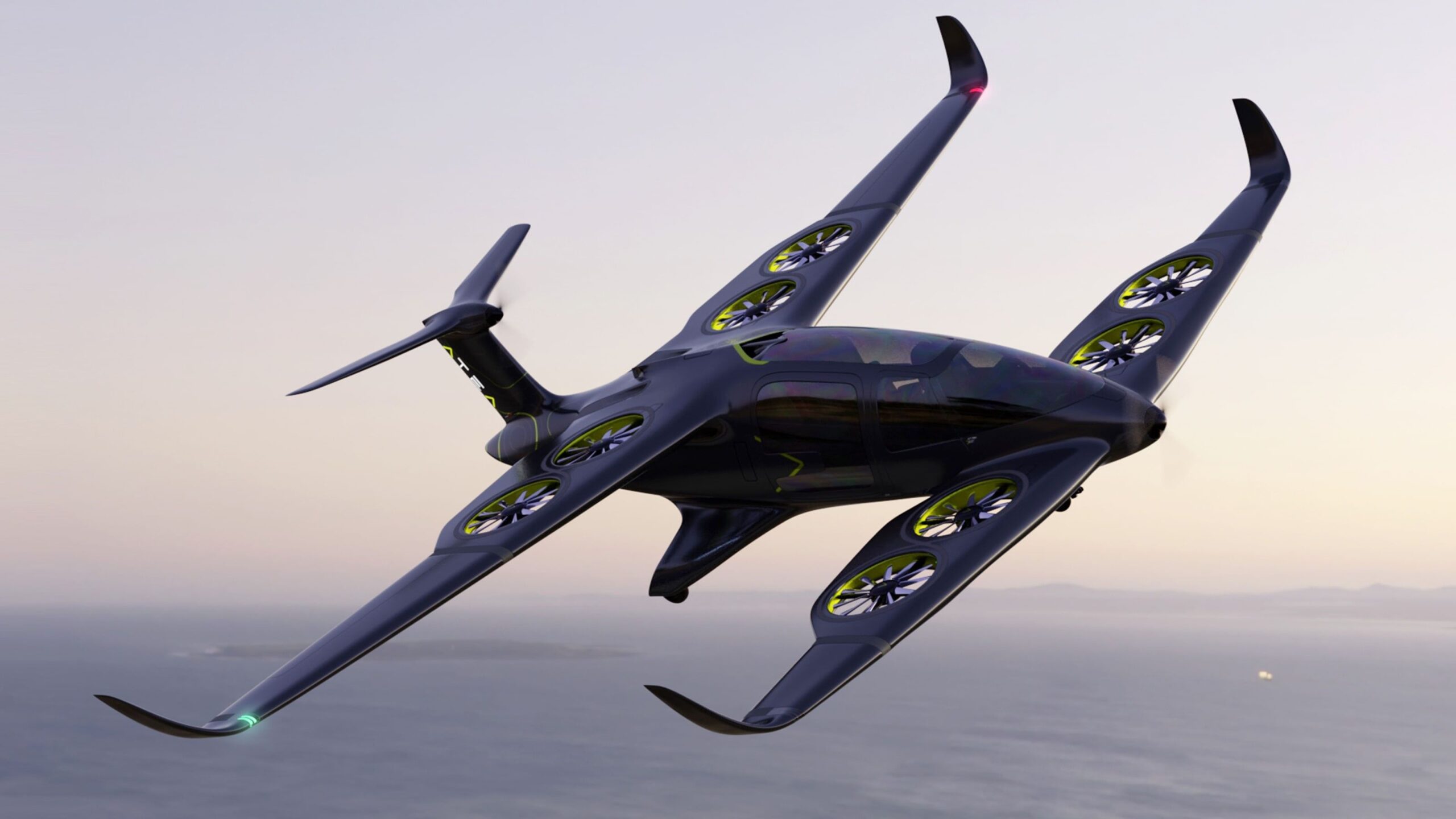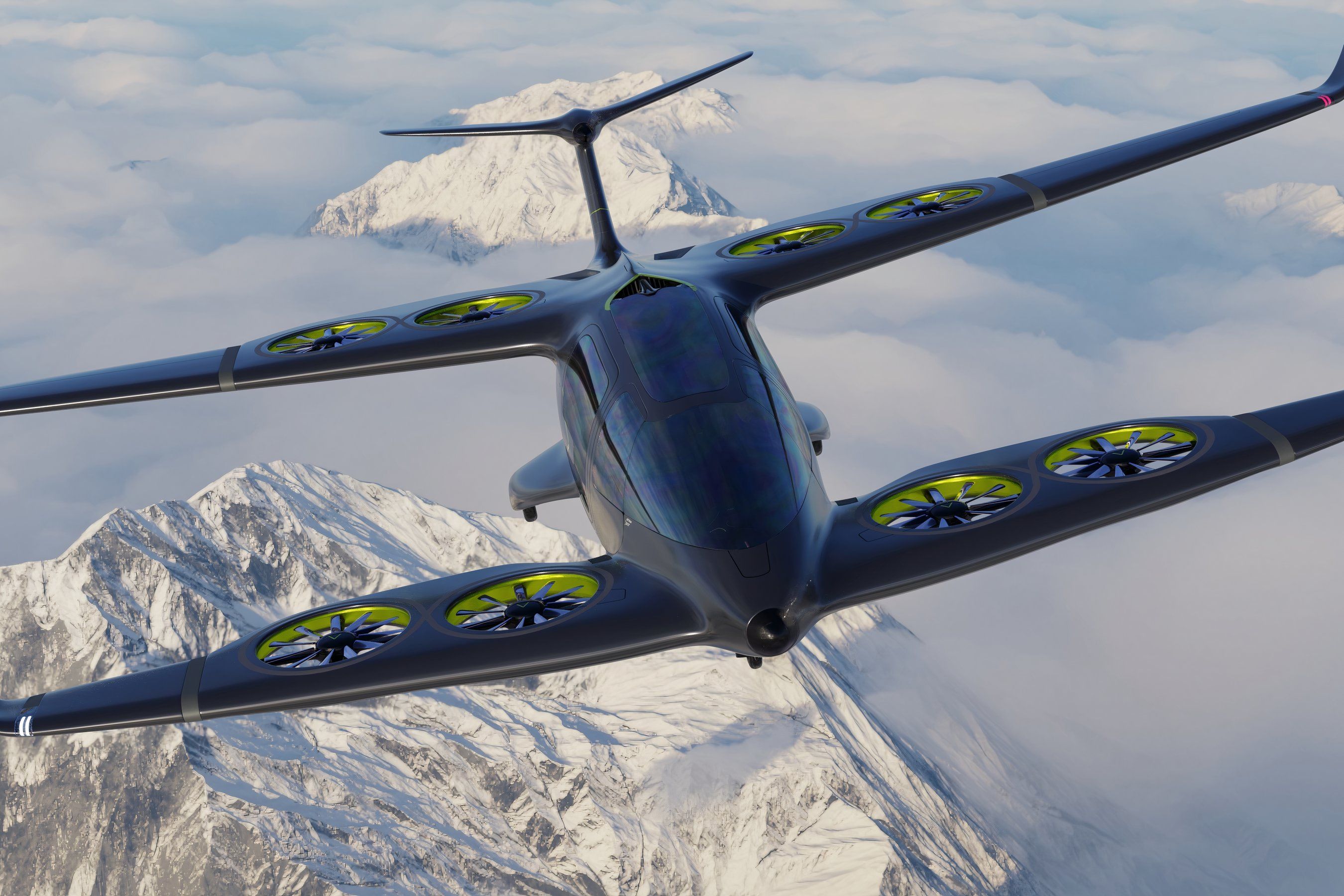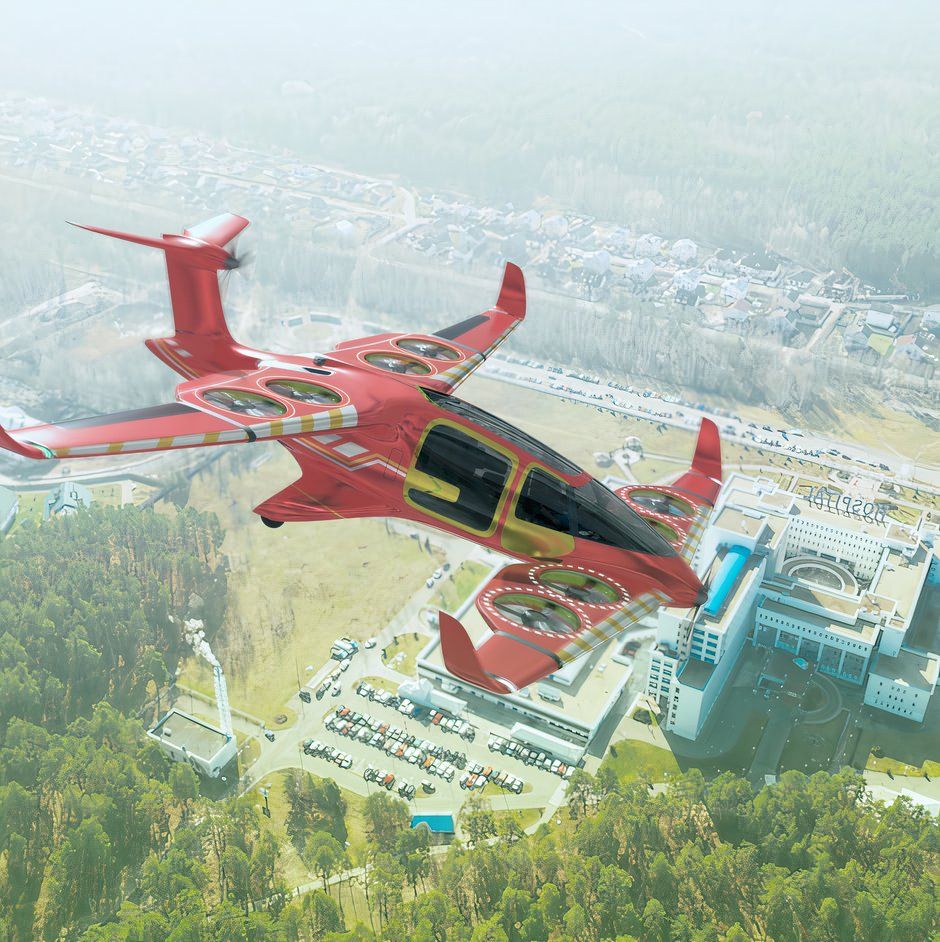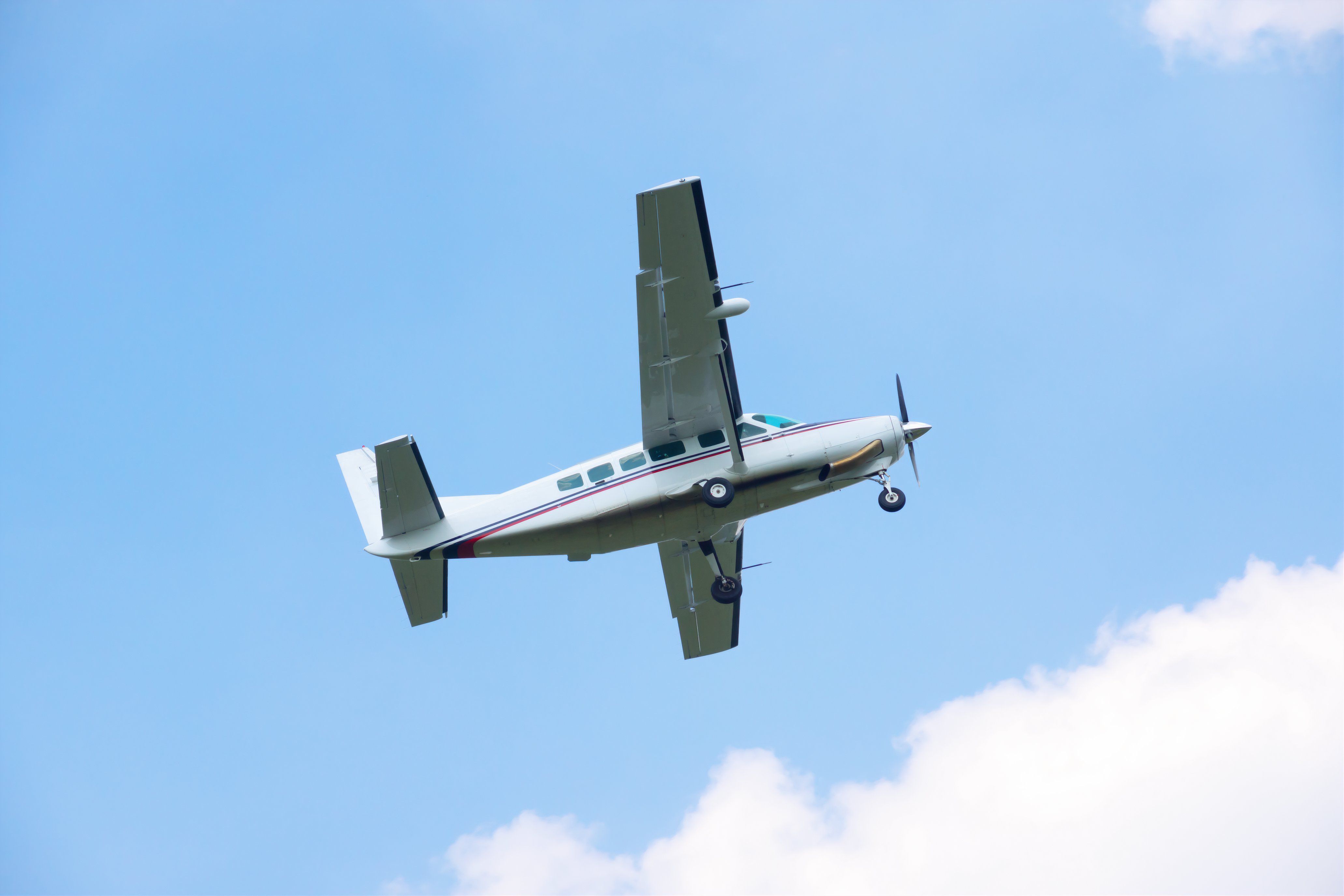Summary
- The majority of aircraft engines emit harmful greenhouse gases like carbon dioxide, impacting the environment negatively.
- Aircraft manufacturers are striving to make planes more sustainable, with notable improvements in fuel efficiency and carbon emissions.
- Ascendance is leading the charge in hybrid-electric technology for aviation, offering retrofit options to reduce fuel consumption and emissions.
Aircraft across the world utilize many different types of engines. However, the majority of these aircraft, even turboprop and piston-powered aircraft, have a negative effect on the environment. Each engine, especially jet engines that are used on commercial airliners and private jets, emits greenhouse gases like carbon dioxide. Many of these gases are found in contrails, and they may also include nitrogen oxide and other particles. These gases can adversely impact the climate due to polluting gases. Additionally, aircraft also emit sulfate and soot while flying, which can also impact the environment negatively. These particles may also interfere with air quality.
Because of the negative environmental effects, aircraft manufacturers, especially those that build commercial airliners, have been working to make aircraft more sustainable. Over the past fifty years, airliners have become more than 70% more fuel efficient and have been utilizing less fuel on longer flights. Additionally, carbon emissions per aircraft have improved significantly, and each aircraft emits less negative gas than previous airliners. However, the yearly emitted carbon emissions continue to rise, as many more aircraft operations are conducted compared to previous years.
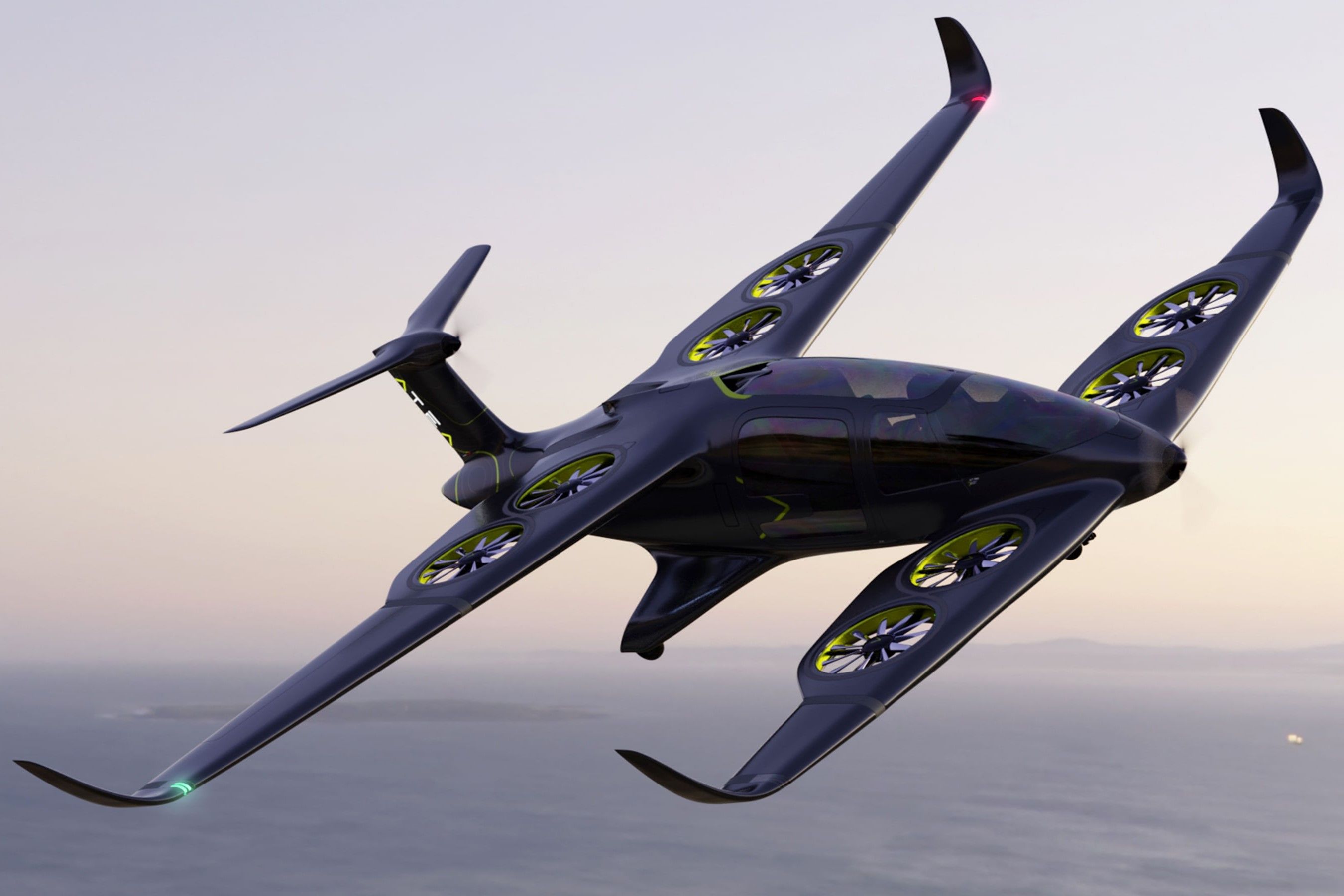
Related
The Critical Role Of Hybrid Electric Tech In The Future Of Green Aviation
We can expect some game-changing shifts to come.
Because of this, many aviation creators have begun looking to improve the sustainability of flight elsewhere. This includes building aircraft with propulsion systems powered by electricity through batteries. However, the technology has yet to become feasible to incorporate into large aircraft like commercial airliners.
Another prominent way to help improve the negative effects of flight is hybrid-electric power plants. Several companies have begun researching this technology, which combines several different energy sources in flight, typically electricity and a type of sustainable aviation fuel (SAF). One of the companies leading this charge is Ascendance, which is utilizing hybrid-electric technology to revolutionize the world of aviation.
 About Ascendance
About Ascendance
The company was originally founded in early 2018 with the main goal of focusing on hybrid-electric technologies. A total of four former team members at Airbus, including the current Chief Executive Officer (CEO), Jean-Christophe Lambert, came together to develop the company. Each of the four co-founders worked on an electric aviation-focused team while at Airbus. Specifically, the team spent time engineering the famous E-FAN aircraft at Airbus. This was one of the very first all-electric-powered aircraft in the world, and it was also the first electric aircraft to cross the English Channel on fully electric propulsion in July 2015. However, the team also became aware of the existing limitations of full-electric flight. These limitations include:
- Heavy propulsion system components
- Heavy battery systems
- Integration difficulty
- Long recharge time of existing batteries
Because of this expertise, the four founders came together to focus on a new type of sustainable aviation: hybrid-electric flight. After the company was founded in 2018, the team decided to immediately focus on this emerging type of technology. Ascendance, therefore, moved to the aviation capital of Europe in Toulouse, France, to further the company’s aerospace-focused network. Just six months after the company was founded, the early Ascendance team was flying its initial technology prototype.
Photo: Ascendance
Executive expansion
Since then, the company has expanded its executive team to further integrate aerospace minds. In talks with Simple Flying, Lambert stated,
“Aviation is one of those industries where regulation is paramount as safety is everything. To ensure that you invest your money wisely, you absolutely need a seasoned team that has already gone through the process of creating an aircraft and know ahead of time the traps and risks that you might fall into if not careful. Couple that with an open and critical mindset challenging the status quo in aviation, and you have the perfect recipe for a successful startup team in aviation: Ascendance’s team.”
The team additions include Jean-Paul Herteman, the former CEO of Safran Group, and Jean-Christophe Kugler, a former Renault executive who helped champion the Renault-Nissan hybrid decision.
What aircraft or products will Ascendance produce?
When it was founded, Ascendance immediately focused on electric-hybrid flight. Currently, one of the company’s main focuses is the STERNA platform. This platform consists of an extensive electric-hybrid propulsion system, which allows the aircraft to take off and climb using a boost from electrical energy. Once the aircraft reaches cruising altitude in the STERNA system, it switches to its highly optimized main engine. Because of the large market of existing turboprop aircraft, Ascendance has begun offering the STERNA platform as a retrofit kit while still paving the way for future generations of hybrid-electric aircraft directly with original equipment manufacturers (OEMs). This allows many general aviation operators around the world to take advantage of the system, which helps reduce fuel consumption and carbon emissions by up to 50%. STERNA has been designed and built with modularity in mind. It is already compatible with any Sustainable Aviation Fuel and conventional Jet-A fuel but also with hydrogen in the future to maximize emissions reduction.
Photo: Ascendance
Additionally, Ascendance is developing a standalone eVTOL aircraft called the ATEA. This aircraft will utilize the STERNA propulsion system and is finishing up ground tests, which have been underway for the past two years. Lambert expects the first full-size prototype ATEA to fly in the coming months. He also mentioned that Ascendance will look to certify the aircraft under EASA SC-VTOL regulations.
The future of Ascendance
The French company will continue to advance the future of hybrid-electric flight in the coming years. Lambert and the rest of the company see a large market for aircraft operators looking to save 50% of fuel consumption in the coming years. However, the company still believes that this integration is a few years out. Specifically, Lambert believes that Ascendance will focus on providing hybrid-electric propulsion systems for turboprop aircraft, such as the Cessna Caravan or the Pilatus PC-12, in the next three to four years.
Lambert also mentioned that the company believes it can begin providing regional commercial turboprop aircraft, such as the ATR Dash-8, with a hybrid-electric system as early as 2030. Lambert and Ascendance believe commercial aviation will turn to hybrid technology between 2035 and 2040. Lambert expects the technology to begin integrating as early as 2035 but will eventually turn to full-scale hybrid-electric propulsion.
Overall, Ascendance is looking to change the long-term sustainability of the aviation industry. Due to the team’s unique experiences, the company has begun changing the industry with some of its recent advancements in hybrid-electric technology. The Ascendance team will look to continue these advancements in the coming years.

